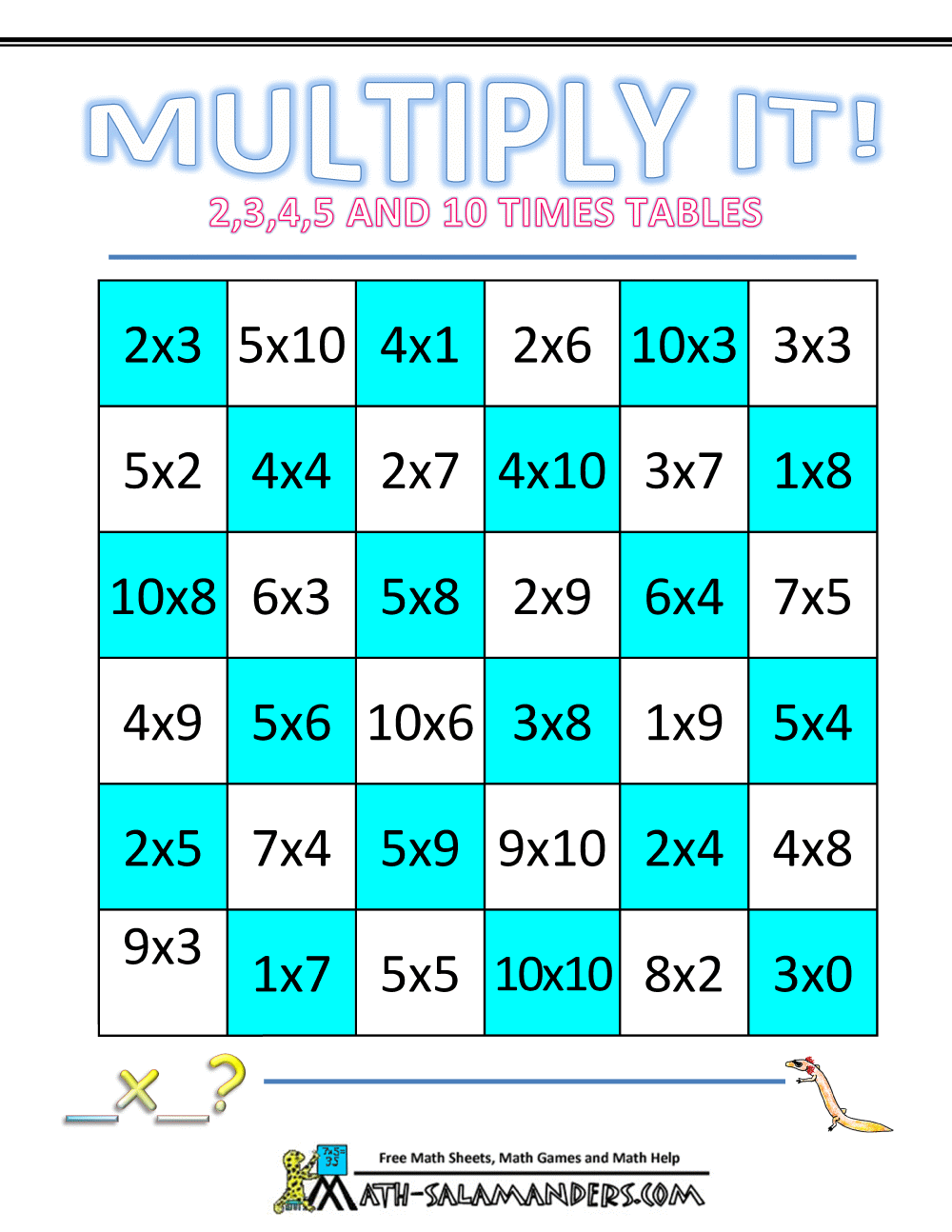

Kids definitely need scratch paper or whiteboards for this game. Make a coin like the more/less coin with a positive or negative sign on it to flip and then round and compare numbers. Variation 3: For older kids, you could use this with positive/negative numbers. Variation 2: This can also be a decimal rounding game. After five minutes, tell them on their next game to round it to the nearest hundred… For example, if partners have 5 dice, tell them to round it to the nearest ten.
Free simple math games how to#
Variation 1: Give the kids a certain number of dice and tell them how to round them. Students compare rounded numbers and the highest correctly rounded number wins (or use the more/less coin to decide). For example, a roll of 5, 3, 7 could make the number 753, which would be rounded to 800. The second person does the same and then each person rounds his/her number to the highest place value. The first person rolls all three dice at the same time and builds a number with it. So if you’re focusing on hundreds, partners need three, or for ten thousands, partners need five. The number of dice used should match whatever place value you are working on. Roll and Round That Numberįor this game, kids need scratch paper or a whiteboard, as well as a set of dice. I like this because it adds suspense to the game and because no one feels the need to poop out/give up before the game is over if it becomes obvious that there is no chance for winning.

If more is shown, the higher number wins and if less is shown, the smaller number wins. That way at the end of the game, no one knows who has won until you flip the more/less coin. This is a simple plastic or foam circle and I attach a sticker (or you could use sharpie) on one side with the word “more” and the other side with the word “less”. Variation 2: My favorite way to play math games with playing cards or with dice is to give each set of partners a “more/less” coin that I make ahead of time. Variation 1: Make this a decimal place value game by having the kids draw a decimal before the dashes. The person with the highest (or lowest, depending upon the game’s goal) wins a point. Once kids have placed a number, it can not be moved. Each time a person rolls, he/she must think logically to place the number shown on the dice, on the dashes.įor example, if you are working on a large number and roll a six, it would go on the largest place value space but if you were working on making a small number, it would go on the smallest place value space. Kids take turns rolling dice the same number of times as the dashes. So, if you’re working on hundreds, kids would make 3 dashes, 4 for thousands, and so on. Kids make dashes on their paper/whiteboard to indicate the place value of the number. I usually start big but after 5 minutes, switch it to small for variety. Tell the kids whether they are trying to make a larger or a smaller number. Kids each need a dice and some scratch paper or a whiteboard. Here are the dice-based math games, listed by category:

I like this set here and this fun, colorful set here.ītw…Did you know if you type “dice roller” into Google, you’ll have a digital (and silent) dice manipulative for your students to use whether you’re teaching in the classroom or virtually? Simply put a die (or two) in each container and you’re guaranteed to never lose one under the cabinets in your classroom again. This makes making groups easy!ĭon’t forget about storing your dice too! Using individual dice containers keeps them from getting lost. The best thing about this set is that it comes in 5 colors. If you’re looking for hands-on dice at an affordable price, here’s my favorite set from Amazon. For that reason, these dice games are some of my go-to games. So, when I plan my math lessons, I am always on the lookout for hands-on fun activities that will add variety and motivation to our math time. This commission directly supports us as a small business and ensures that we can continue to create high-quality content for upper elementary teachers, like yourself! As always, the products shared are tried, true, and tested. If you purchase through one of these links, The Teacher Next Door, LLC receives a few cents on the dollar.
Free simple math games plus#
Not only are kids able to practice the skills that we have been focusing on (over and over repeatedly), but they are also doing it in a format that they find fun…and anything that adds fun to learning is a plus in my book! This post contains Amazon Affiliate links. Games are an important part of math class, in my opinion.


 0 kommentar(er)
0 kommentar(er)
